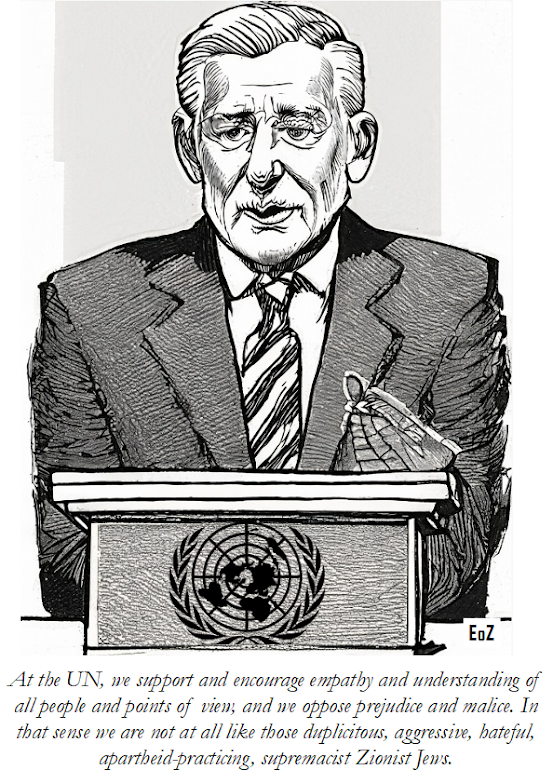Ahmad Abuznaid (USCPR): Palestinian-American, Muslim background.Noura Erakat (Human Rights Attorney): Palestinian-American, Muslim background.Prof. Robin D. G. Kelley (UCLA): African-American scholar, no evidence of Jewish identity.Linda Sarsour (MPower Change): Palestinian-American, Muslim activist.Congresswoman Rashida Tlaib (U.S. Representative): Palestinian-American, Muslim.Prof. Eman Abdelhadi (University of Chicago): Palestinian-American, Muslim background.Congresswoman Cori Bush (Former U.S. Representative): African-American, Christian background.Lara Kiswani (Arab Resource & Organizing Center): Palestinian-AmericanLoan Tran (Rising Majority): Vietnamese-American, no evidence of Jewish identity.Thaer Ahmad (PAMA): Palestinian-American, Muslim background.Khury Petersen-Smith (Institute for Policy Studies): No evidence of Jewish identity.Montague Simmons (Movement for Black Lives): African-American, no evidence of Jewish identity.Raquel Willis (Gender Liberation Movement): African-American, no evidence of Jewish identity.Sumaya Awad (Adalah Justice Project): Palestinian-American, no evidence of Jewish identity.Dr. Angela Davis (Activist, Philosopher, Author): African-American.. Not Jewish.Prof. Barbara Ransby (University of Illinois Chicago): African-American, no evidence of Jewish identity.Jamila Woods (Musician, Poet): African-American, no evidence of Jewish identity. Not Jewish.Prof. Abdel Razzaq Takriti (Rice University): Palestinian, Not Jewish.Sandra Tamari (Adalah Justice Project): Palestinian-American, Not Jewish.Omar Barghouti (BDS Movement Co-Founder): Palestinian, Not Jewish.Nick Tilsen (NDN Collective): Native American (Oglala Lakota), no evidence of Jewish identity. Not Jewish.
|
"He's an Anti-Zionist Too!" cartoon book (December 2024) PROTOCOLS: Exposing Modern Antisemitism (February 2022) |
 |

 Elder of Ziyon
Elder of Ziyon

 Buy
Buy 





























.jpg)

























